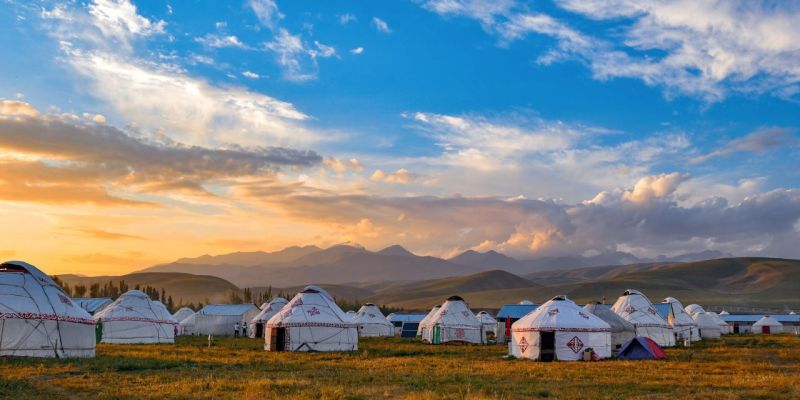The enterprise earth is developing ever more acutely aware of the local weather crisis and sustainability, and architecture is no exception.
Solar panels and grass are ever more popping up on roofs, disused industrial crops are remaining turned into universities, and artistic supplies like wine bottles, tires and cans are currently being repurposed to establish residences.
And from ski slopes constructed on incinerators to place of work properties that crank out their have water and energy, there is no shortage of iconic assignments that are pushing the boundaries of architectural innovation.
That is mainly because buildings have a deep influence on the planet – accounting for all around a 3rd of global vitality consumption, in accordance to the International Electrical power Company. That determine features not only emissions from design but also temperature regulate, lights and appliances.
As the human populace grows and the world’s weather continues to warm, power demand from customers will most likely proceed to rise. But what if we could obtain the responses to today’s problems by harking back to the conventional making approaches employed by our ancestors for millennia?
Even though there are considerably also several illustrations to record, below are three prevalent principles shared by a great deal of the world’s classic architecture.
Use local making materials
Very long just before air conditioning was invented and concrete grew to become commonly utilised, buildings relied on neighborhood products and conformed to community life.
Igloos, for occasion, are manufactured from a precise type of snow uncovered in the Arctic homeland of the Inuit. Pueblo Native People in america traditionally made use of adobe for building, although kampung residences developed from bamboo, wooden or palm leaves nevertheless stand in sections of Indonesia and Malaysia to this working day.
Likewise, aged timber frame buildings and thatch roofing can be uncovered in considerably of Europe, even though yurts made of felt or cloth survive in Mongolia and Central Asia. In Iceland, locals tailored to a severe climate and a absence of wood by constructing homes from turf.
Quite a few of today’s properties are developed from concrete and metal, which account for roughly 15 per cent of global carbon emissions and continue to be complicated to decarbonize. In comparison, resources like wood are inclined to be much significantly less electricity-intensive to make and can also be acquired from renewable sources.
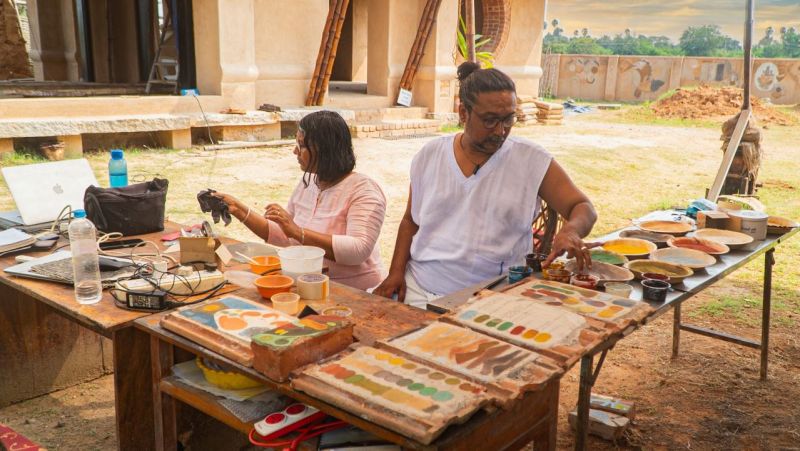
And whilst traditional setting up approaches have frequently fallen to the wayside, some advocates are consciously hoping to revive them. In the condition of Tamil Nadu in southern India, a person group has been instructing purely natural building techniques to locals for the earlier 13 many years.
“Mud is the simple product,” suggests Biju Bhaskar, an architect and founder of Thannal, which also researches Indian constructing traditions and constructs change-vital setting up jobs.
“The other content that we use is lime. If you use it, you will see the lime cycle and have an understanding of the elegance of lime.”
Bhaskar and his family have traveled across India to study to develop earthen buildings, often from really old master artisans. They now direct workshops on strategies like Chettinad plastering, which includes introducing skinny levels of content which includes sand and egg whites, and Madras terrace roofing.
Some roof constructions incorporate regional components like karingotta leaves, which goal to protect against termite infestations whilst allowing for moisture to escape.
“We can use many parts of plants, like the roots, bark, leaves, stems, fruit, pump, seeds – all this can be integrated into architecture,” claims Bhaskar. “That is the elegance of organic building below. There are 1000’s of varieties of crops that can be utilised.”
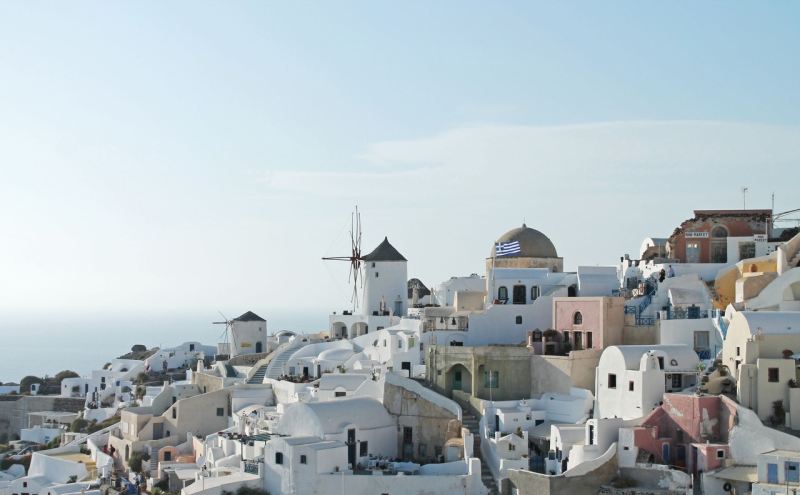
Harness the things
Once structures have been crafted, an additional important supply of emissions is holding them jogging. Extra than a quarter of world electricity-linked emissions are derived from setting up operations, including heating and cooling.
Regardless of improvements in insulation engineering, emissions from cooling have nearly tripled considering that 1990 – and they’re only expected to improve as the planet receives hotter and excessive heat results in being progressively widespread.
And however, people have been residing in really scorching and cold parts of the globe for millennia – prolonged ahead of air conditioning and fuel heating were developed.
In warmer climates, homes would be developed underground to avoid publicity to the warmth, or near a fountain to reap its evaporative cooling outcomes, or even painted white to reflect the sun’s heat.
Just one ancient cooling technology that has designed its way into fashionable structures is the windcatcher. Usually identified in Iran, windcatchers are normally towers crafted on the tops of properties with openings that let air to journey in and out, enhancing ventilation and cooling properties by up to 10 levels Celsius.
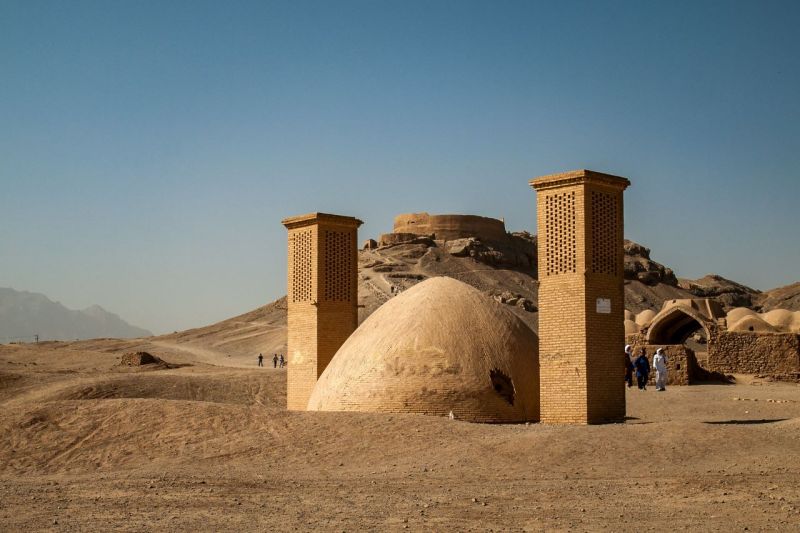
“Windcatchers are a very good instance of how ancient people today in the Center East applied the wind as a renewable useful resource for cooling and ventilation within the constructing,” claims Payam Nejat, a researcher at Bauhaus-University Weimar who studies windcatchers.
Windcatchers can come in a wide variety of styles, some with wetted surfaces to enable for evaporative cooling, and many others channeling cooler air underground and into the building’s interior. Just after the neat air enters the developing and absorbs warmth, it can exit both back again by means of the windcatcher or by way of the home windows.
Nejat points out that windcatchers are catching on in nations around the world these types of as the U.K., and he believes they could participate in a big part in cutting down building emissions and improving upon indoor air high-quality.
“The other advantage of windcatchers in contrast to mechanical air flow programs is the value,” he adds.
“We don’t have relocating parts, we don’t have complex programs, so the installation, maintenance and all standard features of the charge is much lower.”
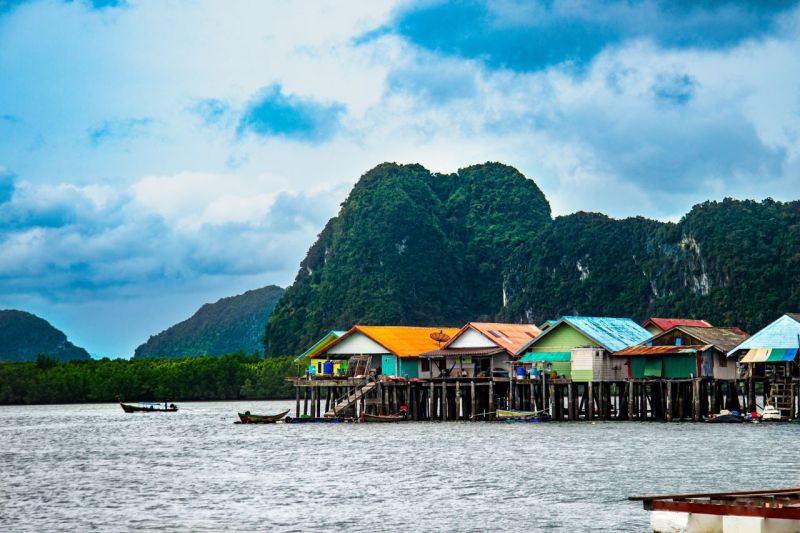
Mix into the purely natural setting
Traditional architecture does not just purpose to get the greatest out of the elements and locally readily available means. It is also about getting an built-in element of the landscape and forming ourselves in just mother nature, relatively than imposing ourselves upon it.
Some communities, like the Tujia people today of China, are living in flood-susceptible spots encircled by steep mountains. How did they adapt? By constructing properties on stilts, some of which can nonetheless be located outside the city of Chongqing.
Hundreds of years back, what is now Mexico City was the historic Aztec funds of Tenochtitlan, positioned on an island surrounded by five substantial lakes. Confronted with a scarcity of farmland, its natives constructed a sequence of synthetic islands called chinampas, which served as floating gardens that fed hundreds of thousands of residents.
Nowadays, only about 2,000 hectares of chinampas continue being, and Mexico City’s lakes have been inevitably drained by Spanish colonizers – but some of the city’s inhabitants are operating to revive them.
For lots of Indigenous Peoples, architecture is an important component of standard awareness, and even seemingly mundane features like a building’s orientation can hold a great deal of religious significance. By preserving this information, they’re fighting back towards the cultural erosion wrought by centuries of colonialism.
And for all of us, there is no scarcity of inspiration that we can draw from our ancestors to guidebook us by means of the local weather disaster – a person making at a time.
